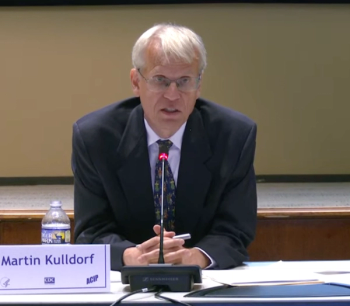
Skyrocketing spending on skin substitutes: Balancing medical care with fiscal oversight
A regional inspector general for the U.S. Department of Health and Human Services explains oversight of a multi-billion-dollar trend in Medicare spending.
When
Medical Economics: What does HHS-OIG recommend in its call to action for further oversight for Medicare spending on skin substitutes?
David Tawes, MA: We want to make sure that when policy makers are thinking about what to do here, we want enrollees who need the treatment to get the treatment. But we also want to remove incentives that drive inappropriate and even fraudulent billing. So, what we suggested to policy makers as they're looking to fix this issue, we just posed a few questions. Like, should skin substitutes be treated as drugs and biologics for Medicare payment purposes? That could be one of the issues driving that, but they're not like drugs and biologics, and the same methods that maybe work to pay for drugs and biologics don't work to pay for skin substitutes. And then, even if skin substitutes continue to be paid as a drug and biologic, are there methods other than ASP or average sales price that can be used to set payment? And finally, what lessons could Part B take from Medicare Advantage regarding coverage and payment? Given that expenditures and utilization under Medicare Advantage are just a fraction of Part B. So it’s hoping to find that balance between ensuring folks that need the care get it, but making sure bad actors can't just come in and bill for hundreds of millions or even a billion dollars and get paid and then try to flee the country.
Newsletter
Stay informed and empowered with Medical Economics enewsletter, delivering expert insights, financial strategies, practice management tips and technology trends — tailored for today’s physicians.















